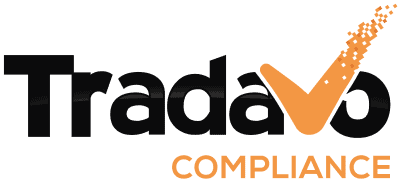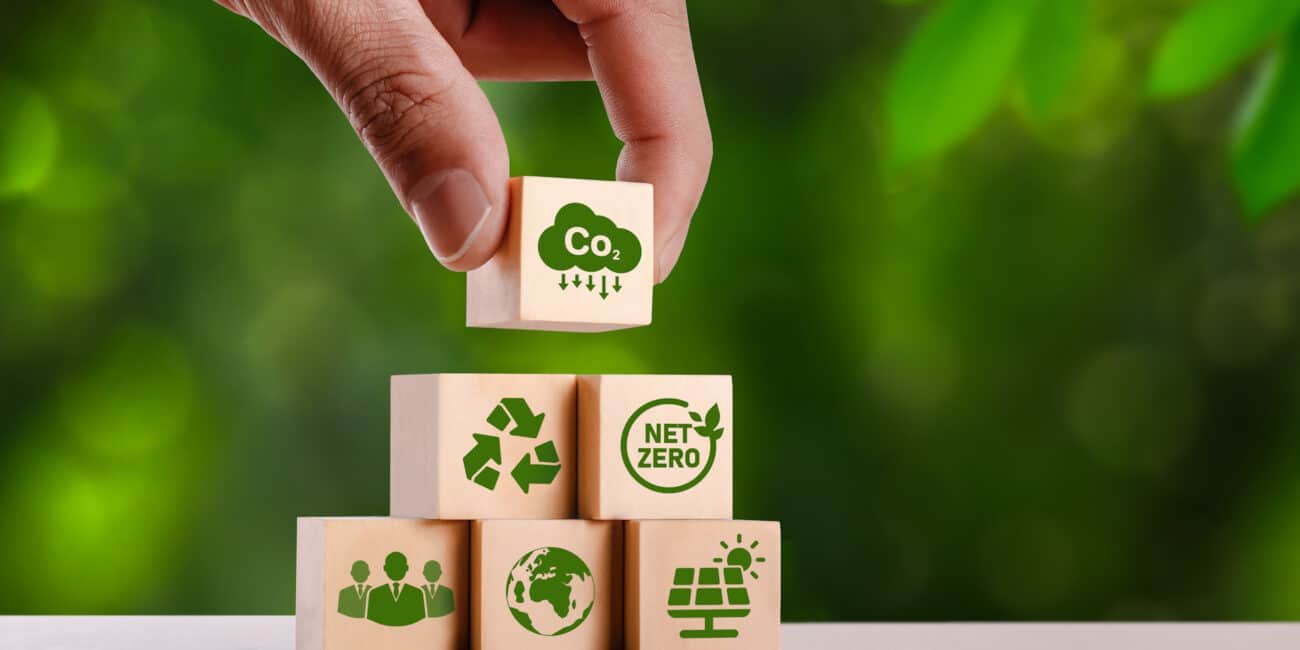EU Timber Regulation And Wood Seals
In 2013, the EU Timber Trade Regulation came into force. It should end the trade in illegally logged wood in the EU. This article explains what it means to you as an Amazon seller, what goods it applies to, what obligations it entails, and what different seals and certifications are available for wood and wood products.
What does the EU Timber Regulation regulate and to which goods does it apply?
The EU Timber Regulation or Regulation (EU) 995/2010 on the obligations of operators who place timber and timber products on the market is relevant for all those operators who place timber or timber products. The regulation applies to timber harvested within the EU and to timber and timber products imported from third countries. The law’s main objective is to curb the trade in illegally harvested timber, which often comes from already endangered ecosystems such as rainforests. For this reason, the EU Timber Regulation prohibits the import of wood that has been illegally harvested.
Important obligations imposed by the regulation include due diligence for market operators and record-keeping requirements for traders.
The regulation covers, for example, goods such as firewood, chipboard, wooden frames (e.g., for pictures or mirrors), pulp and paper, and wooden furniture. For cartons or pallets, i.e., packaging materials used exclusively for the transport or packaging of goods, the regulation does not apply in principle. It only applies if you import cartons or pallets as separate products from a non-EU country to place them on the market in the EU.

What documents should my manufacturer have?
You need evidence of the following information for a risk assessment:
- Product description and common name of the tree species (or full scientific name)
- Country or region where the wood was harvested
- Quantity of wood products
- Supplier data (name and address)
- Proof that the wood products comply with the regulations in force in the country where you want to sell them.
As you have already learned above, if you want to sell timber or timber products in the EU, you have some obligations as far as the available documents about the goods are concerned. The documents you need to have differ depending on where “your” wood comes from.
- From the EU – Companies will not be classified as operators but as traders under the EU Timber Regulation if they purchase products already on the internal market,i.e., if they do not place timber on the internal market for the first time. Therefore, you only have traceability obligations. This means that you must keep information about your suppliers and buyers (B2) for at least five years.
- From a third country – In this case, you are responsible for ensuring that the wood originates from a legal source. If you import timber from a third country into the EU, you must apply the due diligence system. According to this, you have to make sure your wood does not come from illegal logging. Documents proving this must also be reviewed by you for plausibility in terms of time period, quantity and type of wood and other factors.
What kind of certifications and seals are there for wood products?
FSC
FSC stands for „Forest Stewardship Council”. This international certification system focuses on sustainable forest management. Forests and plantations with FSC certification are managed according to strict social and ecological principles. In addition, the operations are audited once a year by independent auditors.
If your company is not FSC-certified, you need a license to advertise certified products with the FSC trademark.

PEFC
PEFC stands for “Programme for the Endorsement of Forest Certification.” PEFC is one of the largest forest protection organizations. It is awarded worldwide by independent certifiers to products in the paper and wood sector. Obtaining the seal requires demonstrating a credible chain of custody. In order for the seal to be awarded, not only the forest, but all parties along the supply chain must be PEFC certified.
Blue Angel
The Blue Angel is the environmental label of the German government. Therefore, the Federal Environment Agency sets the criteria for awarding this seal. The main focus is on how much pollutes the climate, soil, water, and resources. In addition, the aim is to ensure that products are manufactured in an environmentally friendly manner and can be easily recycled. You should be aware that the Blue Angel does not state anything about the quality of a product. It only mentions the environmental criteria!
Attention – just because a product carries one of these seals or certificates, it does not automatically mean that it meets the requirements of the EU Timber Regulation! According to its statements, the FSC system does meet the needs of the regulation, but it is not formally considered as proof of them. Nevertheless, with FSC-certified and controlled wood, the necessary information and elements for the due diligence process can be easily obtained and used.
Amazon Program Climate Pledge Friendly
Amazon has also introduced greater sustainability and environmental protection program with Climate Pledge Friendly and the associated “Compact by Design“ certification. For a product to be sold as Climate Pledge Friendly, it must have Compact by Design certification or a third-party certification such as FSC. There is no cost for Amazon sellers to apply for product qualification.
Are you an Amazon FBA merchant and need help importing your products to Germany or the EU? Then Tradavo helps you on the way to your market-compliant product.
You need assistance?
Who wrote this article?
As an author, Christina fills the blog section of our website with exciting and informative articles, so that our readers can always take care of product compliance in their company in the most well-informed way.




